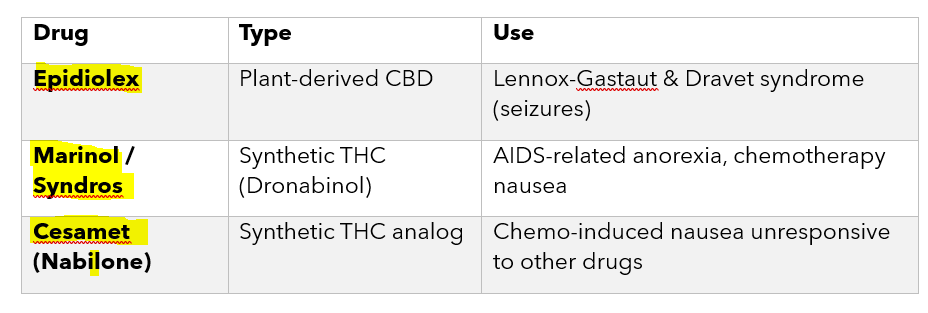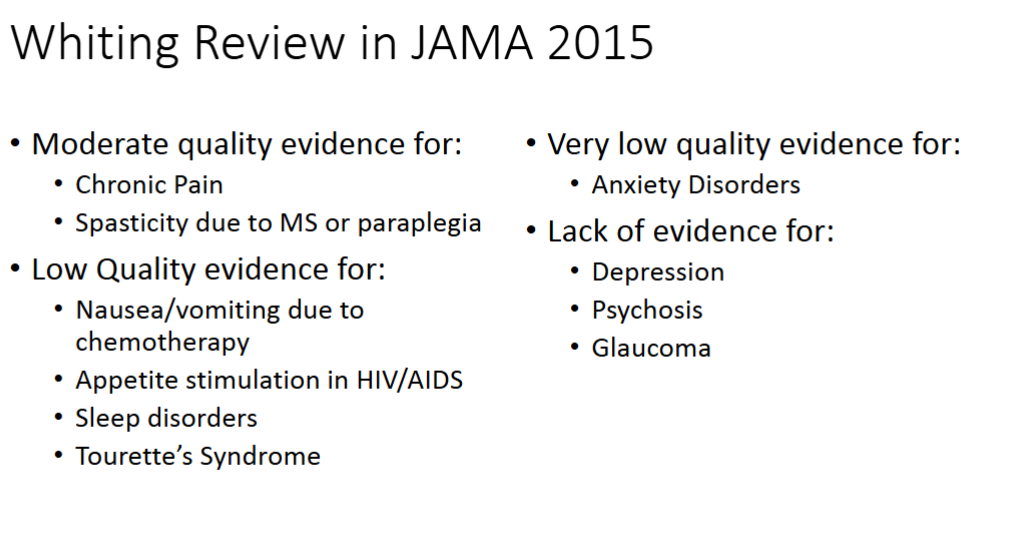Cannabis and Cannabinoids
1/19
There's no tags or description
Looks like no tags are added yet.
Name | Mastery | Learn | Test | Matching | Spaced |
|---|
No study sessions yet.
20 Terms
define cannabis and cannabinoids
what are the different “classes” of cannabis receptors
Cannabis: Any preparation of leaves or flowers from the Cannabis genus.
Contains 400+ phytochemicals, with 104+ classified as cannabinoids.
Cannabinoids: Chemical compounds that act on cannabinoid receptors, influencing neurotransmission.
Exogenous (e.g., THC, CBD)
Endogenous (e.g., AEA, 2-AG)
main compounds in cannabinoids and their effects

4. Cannabis Species
Sativa & Indica: _____
Ruderalis (Hemp): _____
High-THC, considered marijuana.
Low-THC, used in industrial products (paper, textiles, oils).
4. Cannabis Species
___&____: High-THC, considered marijuana.
_______: Low-THC, used in industrial products (paper, textiles, oils).
Sativa & Indica
Ruderalis (Hemp)
what year did cannabis become a schedule 1 drug?
what state was the 1st to re-legalize medical cannabis?
1971
california [then CO and WA legalized recreational use]
discuss the 2 main cannabinoid receptors
CB1: CNS (hippocampus, amygdala, cortex) – linked to psychoactivity, addiction.
CB2: Immune system – anti-inflammatory and immune regulation.

Endocannabinoids: AEA (Anandamide) and 2-AG bind to ____.
______: Inhibits AEA degradation, interacts with 5-HT1A receptor (potential antidepressant effects).
CB1/CB2
CBD
Cannabis Pharmacology
THC: ______
CBD: ________.
Entourage Effect: ________
Psychoactive; CB1/CB2 partial agonist
Non-psychoactive; inhibits reuptake of endocannabinoids, weak receptor affinity.
Whole-plant synergy leads to greater effect than isolated compounds.
FDA-Approved Cannabinoid Medications

what is the evidence available about cannabis for pain relief, anxiety and sleep?
Pain Relief:
Strong evidence supports cannabis for chronic pain (NASEM 2017).
Limited U.S. research due to federal restrictions and poor product match with market options.
Anxiety:
Mixed and inconclusive evidence.
Some observational studies suggest benefits; others link heavy use to increased anxiety or social phobia.
Sleep:
Moderate evidence supports benefit for sleep disturbances tied to pain/MS/OSA (NASEM).
Limited comparator studies.



research limitations include:
Barriers: NIDA monopoly on research-grade cannabis, limited formulations, outdated delivery modes.
we need to be able to:
Study alternate delivery methods
Compare standard vs. cannabinoid therapies
Establish therapeutic THC:CBD ratios
Use standardized, reproducible plant strains
T/F:
CBD:
Legal if derived from hemp (de-scheduled 2018).
TRUE
BUT: Still federally restricted if derived from marijuana. [there is not really a way to know the difference]
Florida’s medical marijuana Program (since 2016):
covers _________ conditions
requires what?
is it covered by medicare/medicaid?
Covers cancer, ALS, PTSD, epilepsy, Parkinson’s, terminal illness, etc.
Requires registry and specific physician dosing recommendations.
Medicare/Medicaid do not cover cannabis.
Anesthesia Implications for cannabis use
Cannabis use increases anesthetic requirements:
Propofol: +220% dosage
Fentanyl: +14%
Midazolam: +19.6%
Regular users require significantly higher sedation levels
Cannabinoid compounds include phytocannabinoids, endocannabinoids, and synthetics.
The two primary phytocannabinoids are _____&______, with CB1 receptors in the ___&___ and CB2 receptors in the ____&____ systems.
endocannabinoids- are ____produced in the brain or in peripheral tissues, and act on cannabinoid receptors
delta-9-tetrahydrocannabinol (THC) and cannabidiol (CBD)
brain and peripheral tissue
immune and hematopoietic
neurotransmitters
The route of delivery of cannabis is important as the _______and ____are very different for smoking versus oral/sublingual routes.
bioavailability
metabolism
which route of administration releases maximal levels of THC into blood within minutes,
peaking at 15-30 minutes, and decreasing within 2-3 hours
Inhalation by smoking or vaporization
T/F : cannabinoid receptors are present in all vertebrae animals but absent in invertebrates
TRUE
T/F: marijuana does not cross the placenta so it is safe for use during pregnancy
FALSE
it DOES- very lipophilic
Cannabis exposure sensitizes fetus to effects of alcohol
Deficits in behavior and cognition, including visual memory, language,
attention, and problem solving in childhood and adolescence